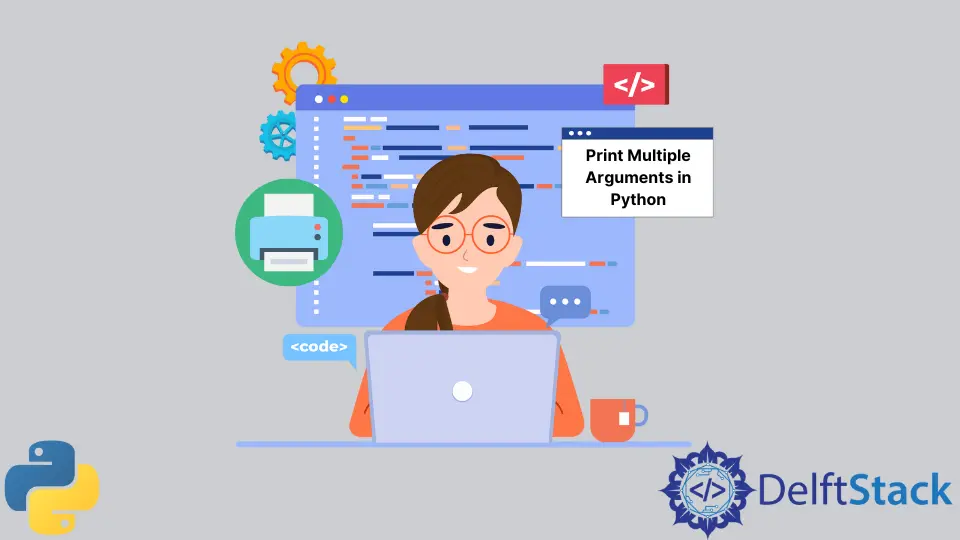Come stampare più argomenti in Python
- Requisito
- Soluzioni - Stampa più argomenti in Python
- Python 3.6 Solo metodo - formattazione f-stringa

Vi mostreremo come stampare più argomenti in Python 2 e 3.
Requisito
Supponiamo di avere due variabili
city = "Amsterdam"
country = "Netherlands"
Si prega di stampare la stringa che include entrambi gli argomenti city e country, come segue
City Amsterdam is in the country Netherlands
Soluzioni - Stampa più argomenti in Python
Soluzioni Python 2 e 3
1. Passare i valori come parametri
# Python 2
>>> print "City", city, 'is in the country', country
# Python 3
>>> print("City", city, 'is in the country', country)
2. Utilizzare la formattazione delle stringhe
Ci sono tre metodi di formattazione delle stringhe che potrebbero passare argomenti alla stringa.
- Opzione sequenziale
# Python 2
>>> print "City {} is in the country {}".format(city, country)
# Python 3
>>> print("City {} is in the country {}".format(city, country))
-
Formattazione con i numeri
The advantages of this option compared to the last one is that you could reorder the arguments and reuse some arguments as many as possible. Check the examples below,
# Python 2 >> > print "City {1} is in the country {0}, yes, in {0}".format(country, city) # Python 3 >> > print("City {1} is in the country {0}, yes, in {0}".format(country, city)) -
Formattazione con nomi espliciti
# Python 2
>> > print "City {city} is in the country {country}".format(country=country, city=city)
# Python 3
>> > print("City {city} is in the country {country}".format(country=country, city=city))
3. Passare argomenti come tupla
# Python 2
>>> print "City %s is in the country %s" %(city, country)
# Python 3
>>> print("City %s is in the country %s" %(city, country))
Python 3.6 Solo metodo - formattazione f-stringa
Python introduce un nuovo tipo di stringa letterale-f-corde dalla versione 3.6. È simile al metodo di formattazione delle stringhe str.format().
# Only from Python 3.6
>>> print(f"City {city} is in the country {country}")
Founder of DelftStack.com. Jinku has worked in the robotics and automotive industries for over 8 years. He sharpened his coding skills when he needed to do the automatic testing, data collection from remote servers and report creation from the endurance test. He is from an electrical/electronics engineering background but has expanded his interest to embedded electronics, embedded programming and front-/back-end programming.
LinkedIn Facebook